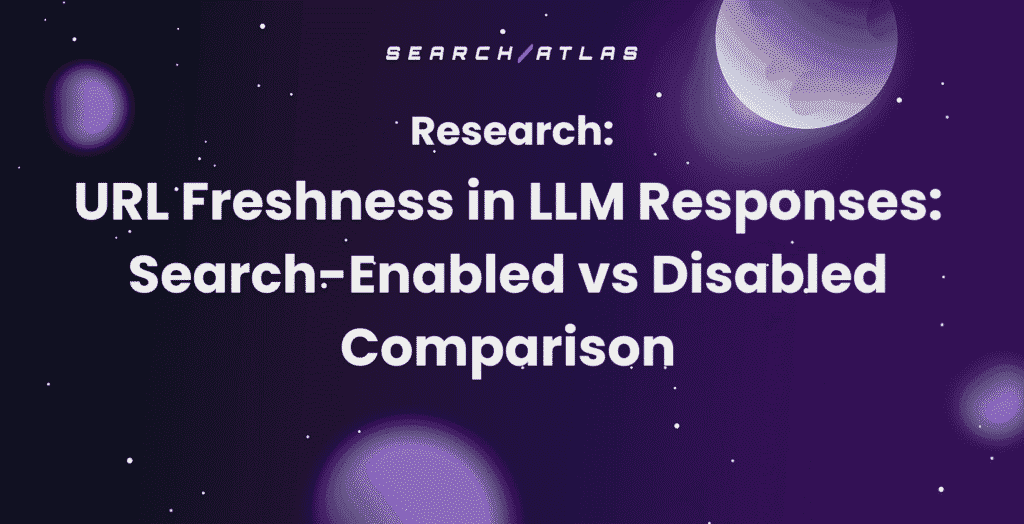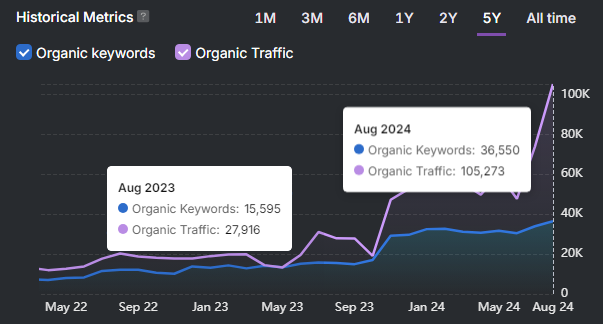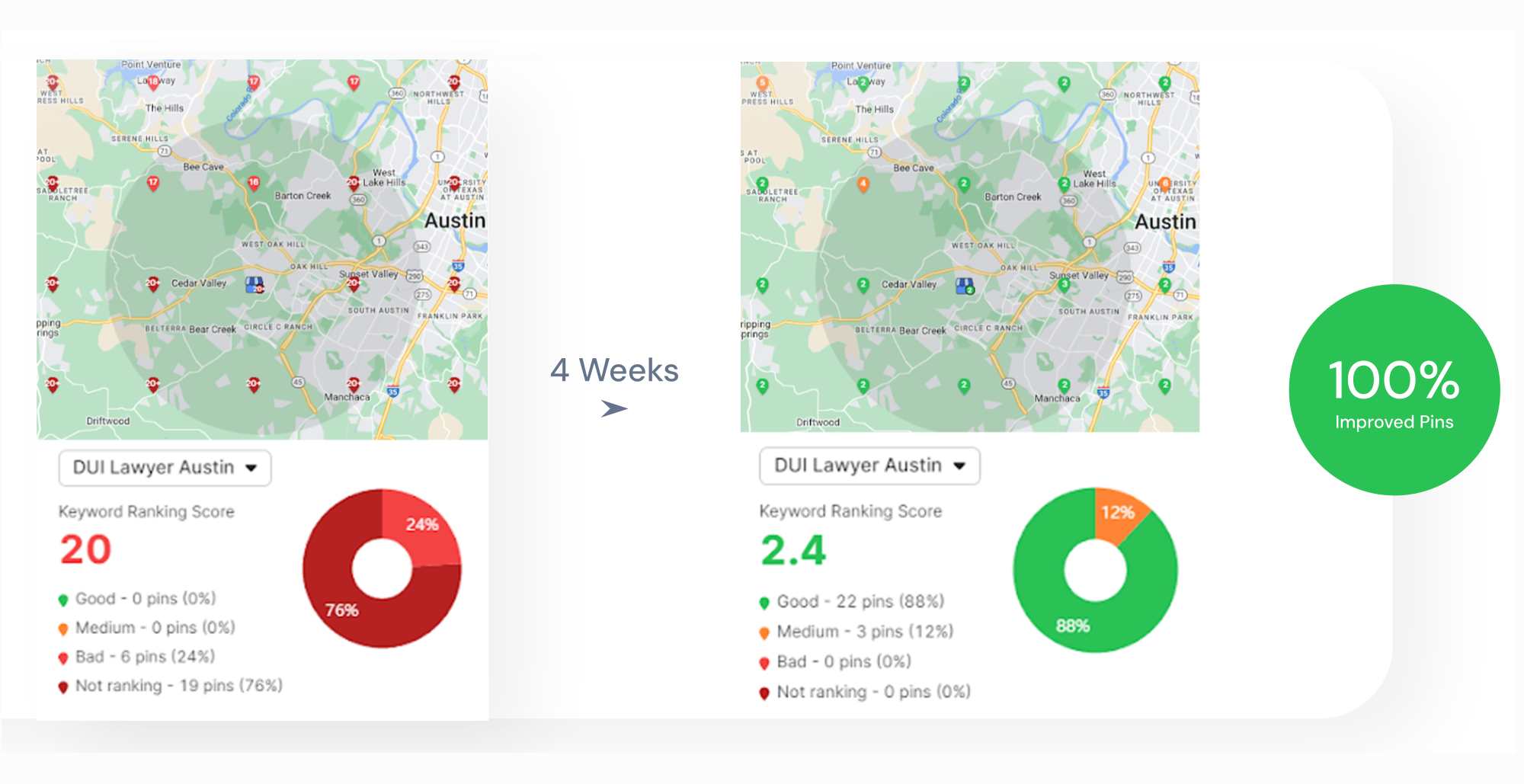SEO helps drive organic traffic, boost visibility, and support business growth. With so much content online, search engines decide what gets seen. People usually click on the top results—not everything that’s available. Good SEO focuses on relevance, clarity, and trust. Marketers track its value through rankings, traffic, and leads.
It keeps content aligned with what people search for and how they search. Over time, the impact builds. As competition rises and ad costs climb, organic reach becomes more valuable. Voice, video, and AI will shift how people search, but strong SEO still connects users to what they want.
What Is the Value of SEO?
The value of SEO lies in its ability to drive consistent, high-intent traffic without ongoing ad spend. It places content in front of people already searching for solutions, products, or answers. Businesses gain visibility at the exact moment users show interest.
The value of SEO lies in long-term impact. Optimized pages generate results over time, unlike paid ads that stop when budgets run out. This creates a compounding return.
It strengthens trust, improves user experience, and aligns content with real behavior. SEO supports every stage of digital marketing because discovery, relevance, and visibility fuel business growth.

Why Does SEO Still Matter in 2025?
SEO still matters in 2025 because people still search. Algorithms evolve, but search intent stays. Users expect fast, relevant results. Brands that rank meet that expectation. Organic traffic remains one of the most cost-effective growth channels, while paid ads keep getting more expensive. SEO brings steady visibility without constant spending.
Search has expanded—voice, AI, and mobile change how people ask questions. But SEO adapts. It now includes optimization for voice search, and different platforms like Youtube, and AI search. SEO agency profitability increases with automation.
10 Undeniable Benefits of Investing in SEO
Below is how SEO can benefit your business, whether you’re a small startup, a growing company, or a large established brand.
1. Increases Visibility and Rankings
SEO improves how easily people find your site when they search for related topics. Higher rankings on SERPs lead to better visibility. Strong SEO helps ensure your brand gets seen because over 90% of users never click past the first page of Google.
2. Drives Consistent Web Traffic
Top-ranking pages receive far more clicks. The first organic result on Google is 10 times more likely to earn a click than the tenth. SEO helps secure those top spots and increases qualified traffic without paying for ads.
3. Improves Authority and Trust
Strong SEO signals trust to both users and search engines. High-quality content, backlinks, and relevance increase Page Authority (PA), which matters more now due to Google’s E-E-A-T standards (Experience, Expertise, Authoritativeness, and Trustworthiness).
4. Enhances Customer Experience
Good SEO includes mobile optimization, fast loading times, and clear navigation. These improvements create a better user experience, reduce bounce rates, and increase the chances that visitors engage and convert.
5. Supports Long-Term Growth
SEO provides ongoing returns. Unlike paid campaigns that stop when the budget ends, optimized content continues to rank and drive traffic over time. Updates to content reclaim or strengthen rankings as algorithms evolve. Content updates prevent content decay.
6. Increases Click-Through Rates with Featured Snippets
Ranking in position #0—the Featured Snippet—drastically boosts click-through rates. Well-structured, informative content that answers questions directly often earns this premium spot.
7. Aligns Content with User Intent
SEO requires a deep understanding of what users want. By aligning content with search intent, businesses create pages that answer real questions, solve problems, and guide users through the buyer journey.
8. Boosts Brand Credibility
Appearing at the top of SERPs makes a brand look more credible. Users trust organic results more than paid ads. Consistent high rankings build recognition and increase domain authority in competitive markets.
9. Reduces Customer Acquisition Costs
Organic traffic lowers dependency on paid ads. While SEO takes time and effort, it reduce long-term costs by attracting traffic without the constant spend that PPC requires.
10. Strengthens Overall Digital Strategy
SEO enhances other digital marketing efforts. It supports content marketing, improves site structure for UX, and integrates with analytics for better decision-making. Strong SEO strengthens every part of the funnel.
How to Explain the Value of SEO to Your Clients
To explain the value of SEO to your clients, translate metrics into business outcomes they care about. We explain the most successful strategies below.
Lead with Business Impact
Start conversations with revenue and growth metrics rather than technical details. Clients care about bottom-line effects, market position, and competitive advantage. Frame SEO as a business investment generating measurable returns rather than a technical service.
Business executives understand investments, returns, and growth strategies. They grasp revenue protection and market share expansion concepts. SEO fits naturally into these frameworks when presented correctly, with technical details introduced after establishing clear business value.
Use Client-Specific Data and Projections
Present existing performance using familiar business language that resonates with their experience. Statements like “You miss 75% of potential customers searching for your services” or “Competitors capture significant organic traffic while you rely on paid ads” use their reality as improvement starting points.
Calculate potential business impact using their specific conversion data. Show cost savings from reduced paid advertising alongside customer lifetime value comparisons between organic and paid channels. Measure SEO performance regularly.
Compare SEO to Familiar Marketing Investments
Traditional advertising reaches thousands and measures impressions, while SEO reaches active searchers and measures conversions. Print advertising provides one-time exposure with difficult attribution, while SEO provides continuous exposure with detailed performance tracking.
Digital marketing ROI comparisons reveal SEO advantages clearly. Google Ads typically generate $2-4 ROI but stop when budgets end, while SEO generates $5-12 ROI and compounds over time. Social media ads have 1-3 month campaign lifespans, while SEO has 1-2 year optimized page lifespans.
Address Common Client Concerns
Clients often express concern about SEO timelines taking too long. SEO builds business assets rather than generating immediate transactions, similar to how new store locations require time to become profitable. While technical fixes improve site speed immediately, local SEO improvements appear in 4-8 weeks, and long-tail keyword rankings develop in 6-12 weeks.
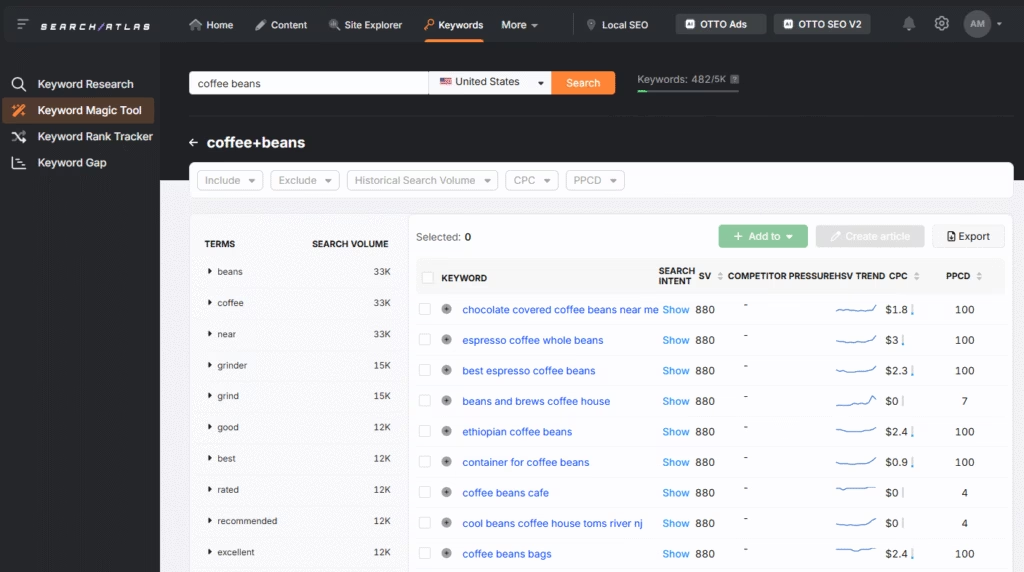
Use Visual Evidence and Case Studies
Before-and-after comparisons demonstrate SEO impact through traffic growth charts, revenue attribution from organic channels, and competitor gap analysis showing opportunities. Visual evidence makes abstract concepts concrete and memorable for decision-makers.
Match case studies to specific business models for maximum relevance. B2B services benefit from lead generation examples, e-commerce businesses respond to revenue growth cases, and local businesses connect with foot traffic increase stories.
Explain SEO as Risk Management
Over-reliance on paid ads creates vulnerability to algorithm changes, cost increases, and budget constraints. Social media dependency exposes businesses to platform changes and organic reach decline. SEO functions as digital insurance by diversifying traffic sources and reducing acquisition cost volatility.
Risk management resonates with business owners who have experienced platform changes, ad cost increases, or referral source disruptions. SEO provides stability and control within marketing ecosystems.
Demonstrate Competitive Intelligence Value
SEO research reveals customer search behavior, unmet market needs, competitor strategies, seasonal trends, and emerging market segments. This market research provides value beyond search rankings through strategic business intelligence that informs decisions across multiple departments.
Strategic advantages include market positioning through high-value search term domination, customer insights through buyer journey understanding, and product development opportunities through pain point identification from search queries.
Provide Ongoing Value Communication
Regular communication ensures clients understand ongoing value and see progress toward business objectives. You achieve this through SEO reporting tools. The Search Atlas Report Builder Tool is a reporting tool that streamlines this process by automating SEO reports from multiple sources into cohesive dashboards.
The Report Builder Tool creates customized reports combining Google Search Console (GSC), Google Analytics (GA4), Google Business Profile (GBP), and various SEO and PPC data. Automated scheduling sends reports weekly, monthly, or quarterly to designated recipients, which ensures consistent client communication without manual intervention.

Create Implementation Urgency
Show competitor SEO improvements over time, demonstrate market share loss potential, and highlight seasonal opportunities with deadlines. Competitive pressure creates natural urgency when clients see others gaining advantages they currently lack.
Connect SEO timelines to business expansion plans, align SEO milestones with sales targets, and demonstrate first-mover advantages in emerging keywords. Business growth correlation helps clients understand timing as a strategic factor rather than an arbitrary constraint.
Decrease Costs and Increase Value With AI
AI automation reduces SEO labor costs while increasing output quality and consistency. Manual tasks like technical audits, content optimization, and strategy adjustments consume significant resources. AI SEO services eliminate these time-intensive processes while delivering more precise results and scaling across multiple clients without proportional staff increases.
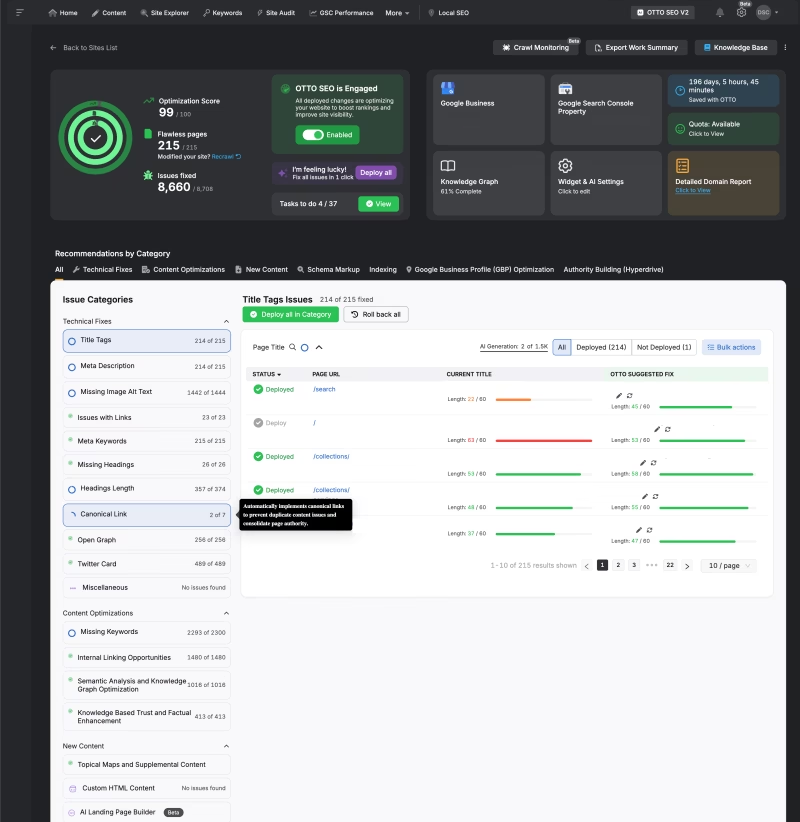
OTTO SEO is an AI agent developed by Search Atlas to automate most SEO tasks and reduce costs. OTTO transforms SEO from a labor-intensive service into an automated profit center for growing agencies. The ways in which OTTO SEO demonstrates this cost-reduction potential are listed below.
- Autonomous Execution. Implements technical fixes, content updates, and on-page improvements without human intervention
- Adaptive Algorithms. Adjusts to individual client strategies and Google algorithm changes automatically
- Scalable Approach. Expands with client portfolios while maintaining consistent optimization quality
- Direct Implementation. Executes changes rather than simply suggesting them
Maximize SEO Value Through Smart Automation
SEO becomes a strategic business investment when supported by systematic automation. Search Atlas tools amplify results through automation tools like OTTO SEO. These automated processes demonstrate ongoing ROI while freeing strategic time.
Experience how automation transforms SEO efficiency. Start your 7-day free trial with Search Atlas today.







